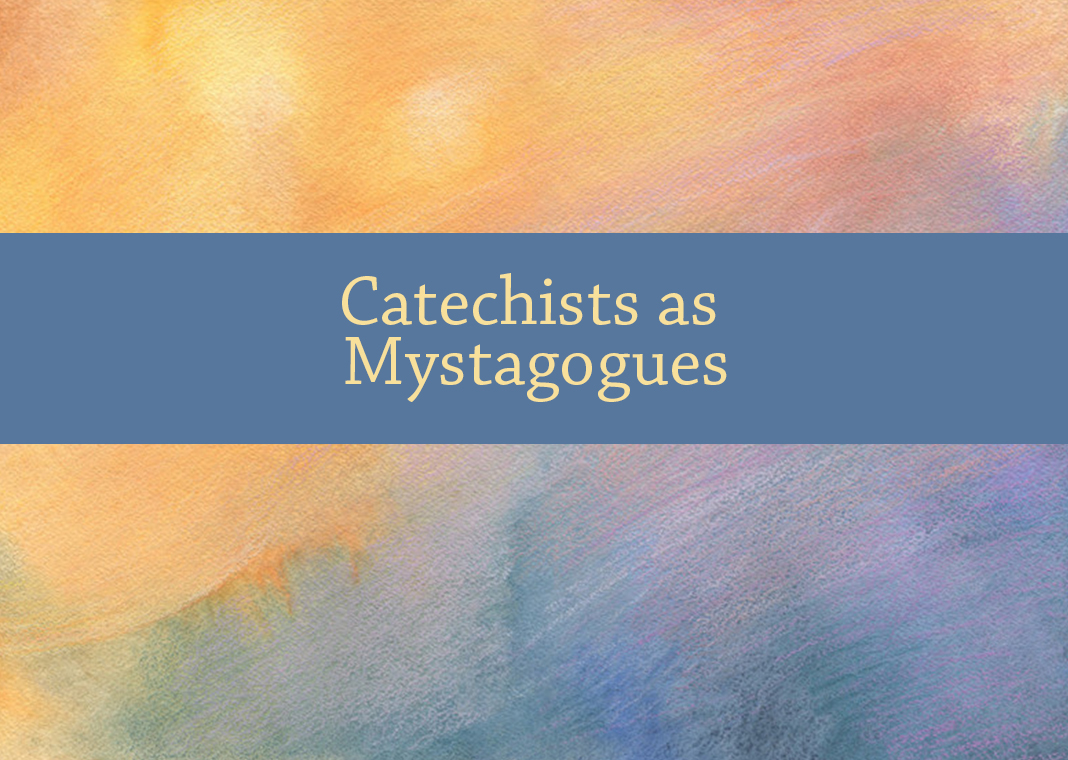
Part of the mystery of life is not knowing what the future holds for us. As mystagogues, we catechists lead others into their future life, a life clouded by mystery but with one thing crystal clear: God is with them on every step of their journey!
I have said before that mystagogues are like sponsors in a 12-step program, who accompany their sponsee on his or her journey from one step to another as one “works the program.” Often, a sponsor will need to invite, encourage, or prod a sponsee to move forward to the next step. In a similar way, one of the ways that the mystagogical catechist helps participants to grow spiritually is to invite them to take the next step on their journey—whatever that step may be. Some examples might include invitations to:
- Participate in a retreat experience.
- Engage in service or works of mercy.
- Collaborate on a project.
- Participate in a liturgical ministry.
- Join a faith-sharing or Bible study group or some other small group experience.
- Become a leader of a small group or serve as an aide.
- Attend a workshop, seminar, rally, or conference to hear an inspirational speaker.
Such invitations are most effective when they are tailored to the individual’s unique gifts, talents, and charism instead of being blanket invitations. This is only possible if we are truly acting as mystagogues.
At the heart of Jesus’ message is an invitation to a whole new way of being human. In fact, the Gospels tell us that Jesus was constantly inviting people to follow him:
- “Come and have breakfast.” (John 21:12)
- “Follow me, and I will make you fish for people.” (Matthew 4:19)
- “Go, sell what you own…then come, follow me.” (Mark 10:21)
- “Come to me, all you that are weary…and I will give you rest.” (Matthew 11:28)
- “Come and see.” (John 1:39)
- “Follow me.” (John 1:43)
It’s important to note that upon accepting Jesus’ invitation, Andrew and Philip immediately proceed to extend the invitation to others—Andrew to his brother Simon Peter (John 1:41) and Philip to Nathaniel (John 1:46). Pope Paul VI famously wrote, “It is unthinkable that a person should accept the Word and give himself to the kingdom without becoming a person who bears witness to it and proclaims it in his turn.” (Evangelii Nuntiandi, 24)
However, it has to begin with an invitation!
P.S. It must be noted that all invitations to young people to participate in activities such as mentioned above must involve communication with and consent from parents.




Be the first to comment